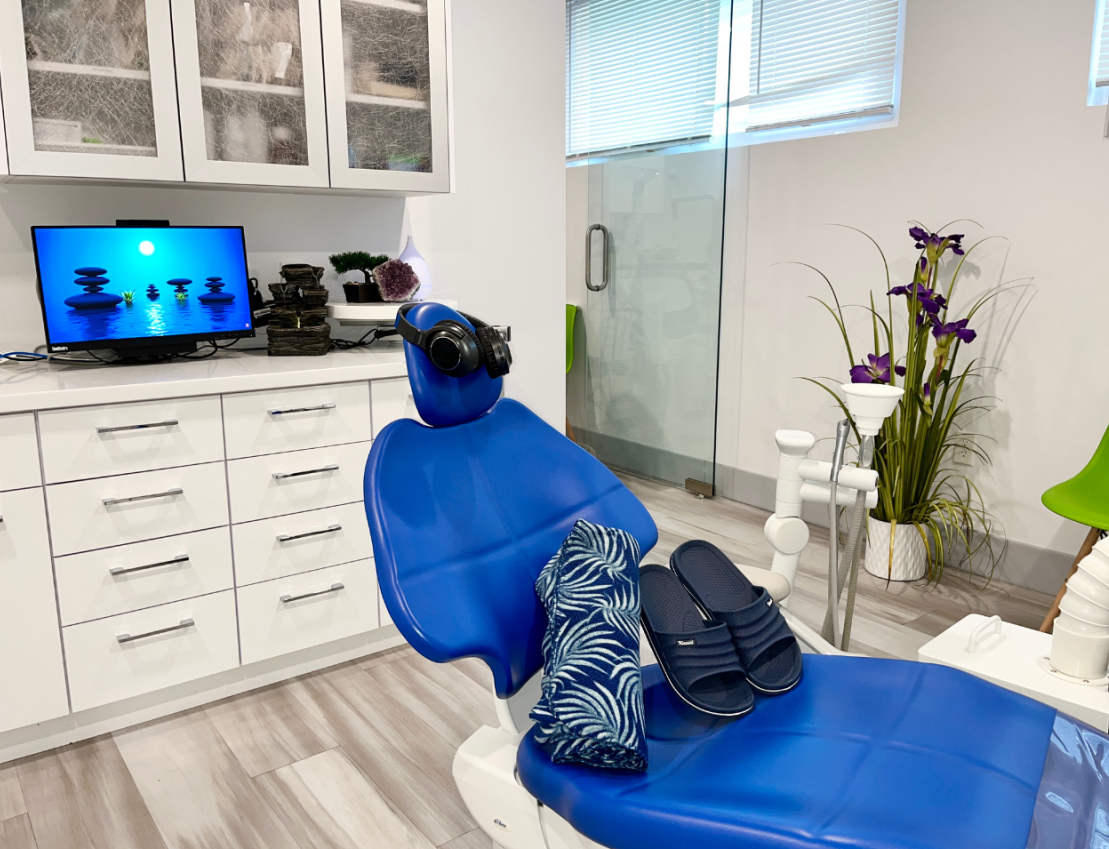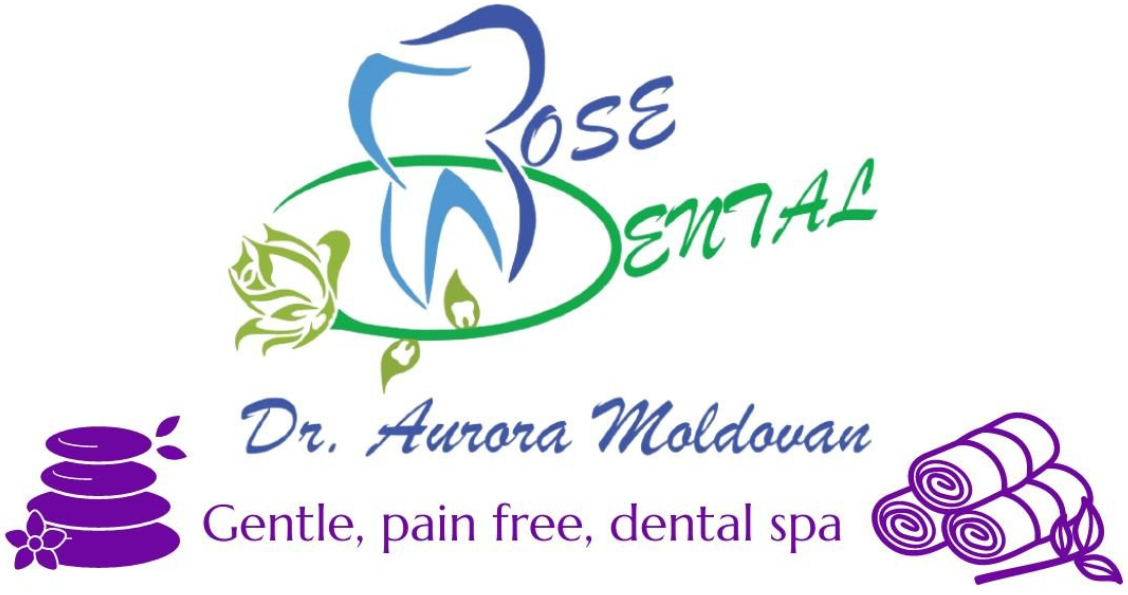
Symptoms To Watch Out For
Wisdom teeth constitute the third and final set of permanent adult teeth to emerge. Typically, they surface at the back of the mouth, both on the top and bottom, positioned behind the second set of molars. Wisdom teeth usually make their appearance during the late teens to mid-twenties, although exceptions exist. Some individuals may experience their emergence earlier or later, while others may not develop wisdom teeth at all. While these teeth may sometimes erupt without immediate issues, there are several compelling reasons for their removal.
When is the appropriate time for wisdom teeth extraction?
- When they grow in misaligned or become trapped against adjacent teeth.
- When insufficient space leads to painful crowding and potential complications.
- When wisdom teeth are positioned incorrectly, posing challenges for cleaning and increasing the risk of decay.
- When impacted wisdom teeth are prone to infection more easily.
The Wisdom Tooth Removal Process
Wisdom teeth can either be straightforwardly removed by your dentist or necessitate a routine surgical procedure administered by an oral surgeon. Following a thorough examination, your dentist will provide you with specific details regarding the extraction method required. The removal process may involve either extracting all four teeth in a single session or opting for a gradual removal over multiple appointments.
Examining your teeth
Prior to scheduling your extraction, we aim to conduct a comprehensive assessment of your teeth and jaw. This entails taking X-rays and conducting a meticulous examination to evaluate the progress of your wisdom teeth and assess your root structure. This information will help us determine whether the removal of your wisdom teeth is necessary, whether a straightforward extraction suffices, or if surgical intervention is required. Our goal is to ensure a smooth process without any unexpected complications.
The removal process
At your initial exam, our staff will give you more information about what to expect and how to prepare. Based on your preferences and the professional opinion of your doctor, local freezing, sedation or anesthesia will be administered. We use minimally invasive techniques to remove teeth as gently as possible. We want you to feel comfortable and have a speedy recovery.
Aftercare
We might kindly request that you arrange for a friend or family member to accompany you to our practice, assist with transportation home after the procedure, and provide support during your initial recovery period. Following the extraction, you will receive detailed aftercare instructions, complete with helpful suggestions on how to ensure a swift and comfortable recovery. Should you have any additional questions or concerns, please do not hesitate to reach out to us; we are readily available to assist you.
Cost Of A Wisdom Tooth Removal In Beamsville
The cost to get your wisdom teeth out can vary by a lot. With a typical insurance plan, a simple, single tooth extraction commonly costs about $100 — $200+ out of pocket. Without insurance, you can expect to pay approximately $200 to $600+ for a simple extraction per tooth.
It’s difficult to provide an accurate quote for wisdom teeth removal online or over the phone because your treatment plan must be tailored to your specific needs and can only be determined after an oral exam. There are two broad categories that dental extractions fall under which may give you a better idea of what your wisdom tooth removal may cost and why:
Simple Tooth Extraction
A simple extraction is performed on a wisdom tooth that’s fully erupted (visible in the mouth) without complication. These can be performed by a general dentist, using local anesthesia. If we can remove your wisdom tooth quickly and easily it will cost less.
Surgical Tooth Extraction
A surgical extraction is more complex and involves the removal of a wisdom tooth that hasn’t fully erupted, which has become impacted, which has complicated roots or which has a bad relationship with its neighbour, your 2nd molar. A surgical extraction, requiring a great amount of consideration, delicate care and expertise will come at a greater cost.
Remember, no dental practice can provide an accurate quote over the phone as the procedures are complex and depend on many factors. Every case is different so it’s important to speak with a dentist who will evaluate your unique situation and provide you with different treatment options to consider.
Contact us today
to schedule an initial consultation & exam.
Your consultation will include an examination of everything from your teeth, gums and soft tissues to the shape and condition of your bite. Generally, we want to see how your whole mouth looks and functions. Before we plan your treatment we want to know everything about the health and aesthetic of your smile, and, most importantly, what you want to achieve so we can help you get there.
Frequently Asked Questions
- Avoid spitting, mouth rinsing, blowing your nose, using a straw, and smoking in the first 24 hours after tooth extraction.
- Don’t touch the extraction site with your finger or tongue.
- Avoid hot foods and hot drinks.
- Don’t take aspirin because it inhibits blood clotting.
- Avoid physical activities and exercise.
What Our Patients Are Saying
Absolutely Amazing

Very Professional and Relaxing

Absolutely Thrilled With Rose Dental


